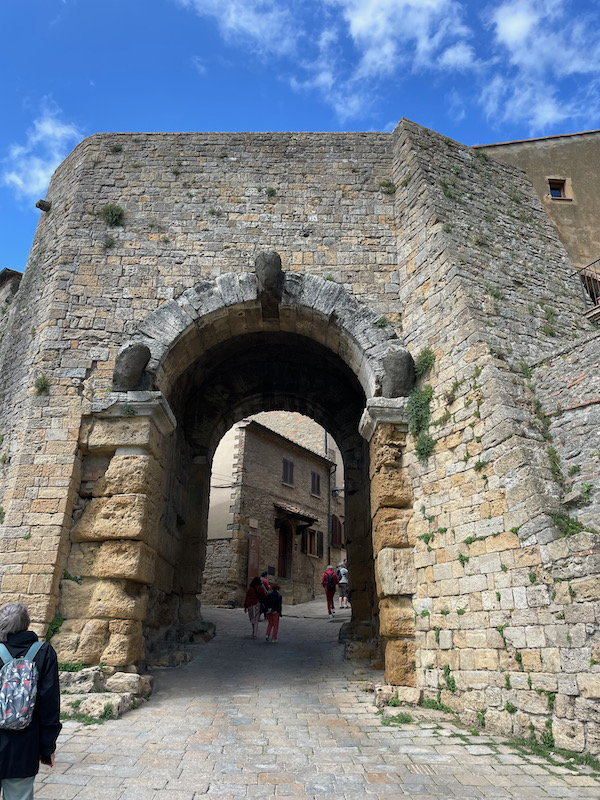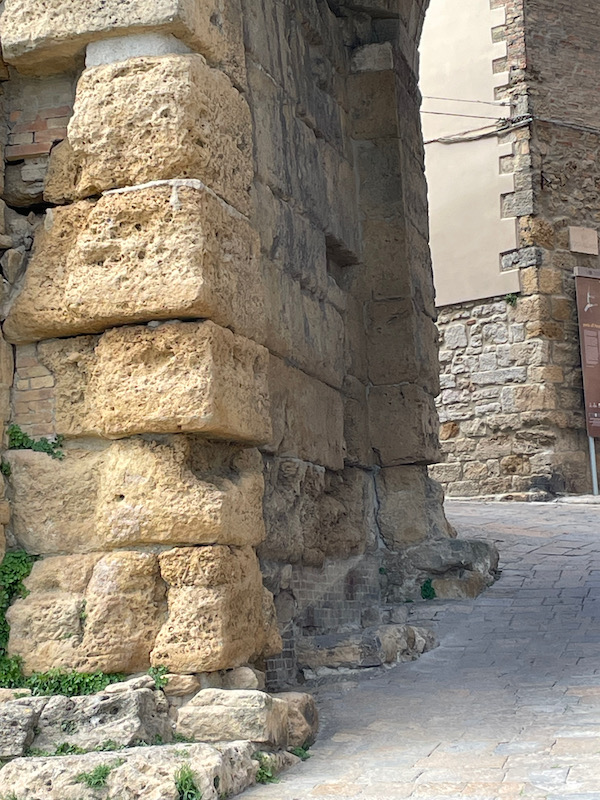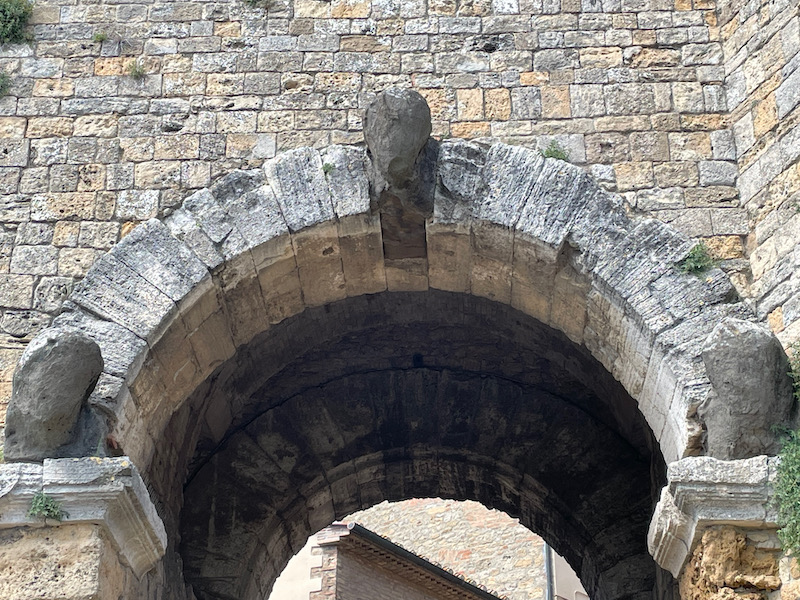Our Blog - Tuscany 2024 Trip - Volterra, Italy
The history of Volterra goes back before the 8th century BC and it has substantial structures from the Etruscan, Roman, and Medieval periods. The city was a bishopric in the 5th century, and its episcopal power was affirmed during the 12th century. After being conquered by the Republic of Florence, it came under the control of the Medici family when the Republic of Florence fell in 1530.
At the top of a hill, there is an Etruscan Acropolis with a couple temples from the 3rd and 2nd centuries BC. However, we didn't go in to see the actual remains of the 2 temples, but walked with Lucy through the park where the archeological site is. On the other side of the park is the Midici Fortress, although it predates the Midici name and only has the name (why, I have no idea). There are two parts, one built in 1343 and the other in 1474. A bit of trivia: it is now a prison and tourists are not (in general) allowed to visit. A notable exception is that there is one part that is (or WAS, can't tell if it is closed now or not) used as a restaurant operated by appropriately supervised prisoners as part of a rehabilitation scheme. You may be able to book a table and dine there, after background checks and security checkpoints, with plastic cutlery.
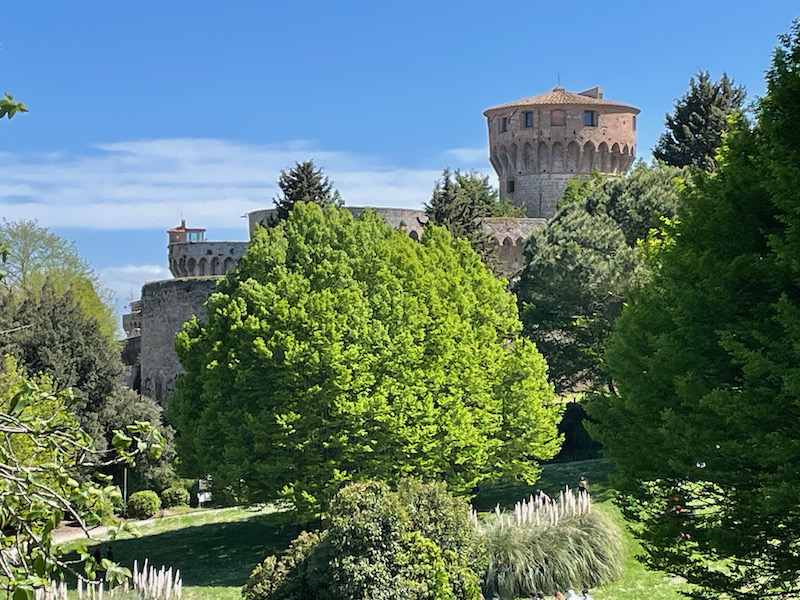
The oratory of Sant'Antonio Abate is a totally nondescript building that you wouldn't think was a church from the outside. First evidence of the Oratory dates back to the 11th and 12th centuries, and this building was built in 1470. Inside, a painted terracotta altarpiece depicting the Assumption and saints by Benedetto Buglioni (15th century) sits in the arched stone frame of the altar. There is also a triptych showing Saint Antonio Abate in the middle with other saints on the 2 doors. Interesting part of this ... check out the bottom part of the center painting, below the robes of the Saint. I didn't get a closeup, but some men can be seen loading 2 donkeys with bags of salt. In the Middle Ages, the salt trade was an important source of income for the city.
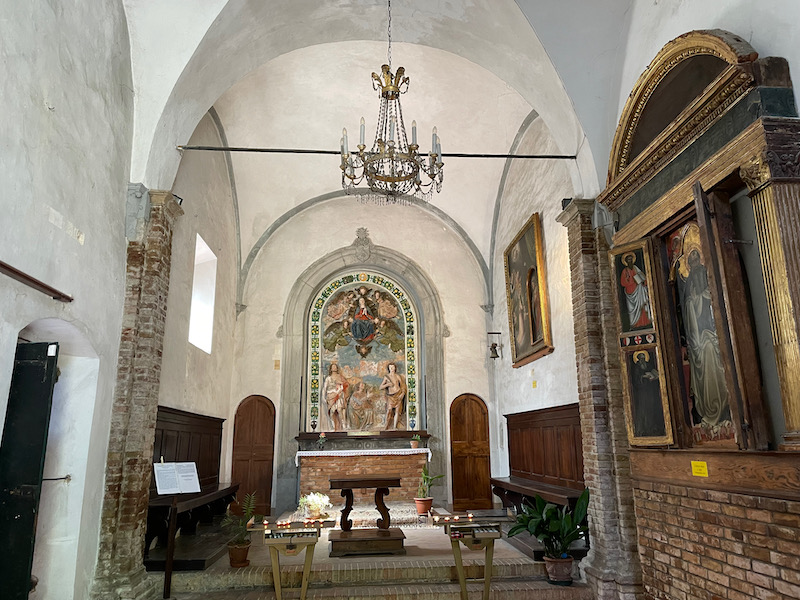
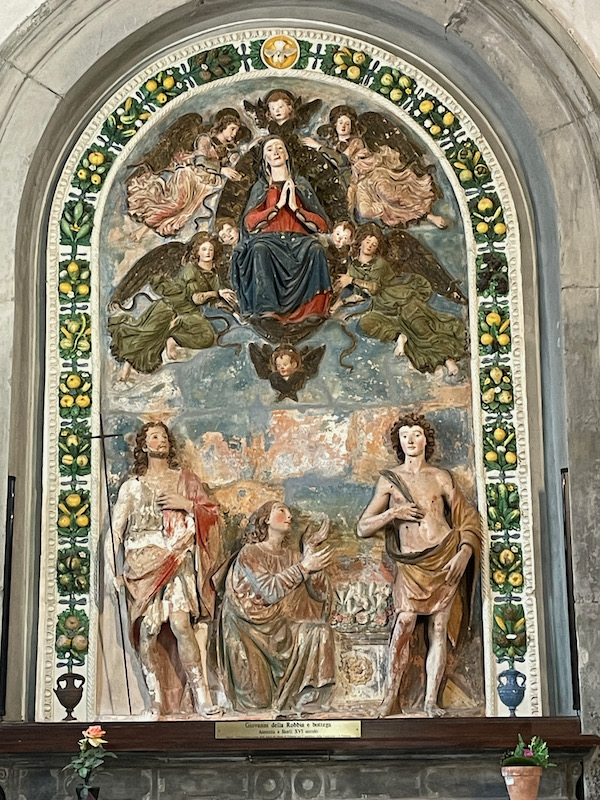
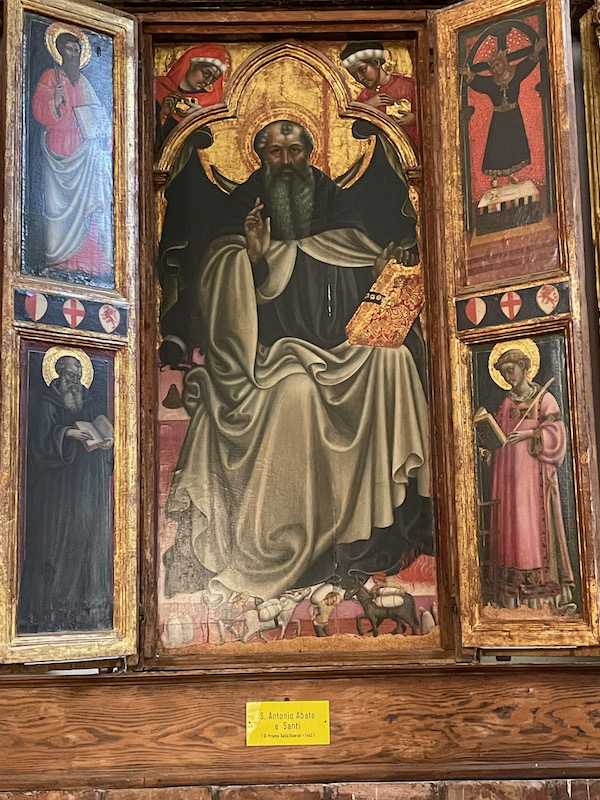
We saw several of these around town, so-called Tuscan Tower Houses. This group actually consists of 2 buildings: the old square tower on the corner and then an L-shaped building which sits on either side of the older tower. While we don't know when the older corner tower was built, the newer towers were built in 1250. You can see how the new towers have larger windows, and more of them, than the older one.
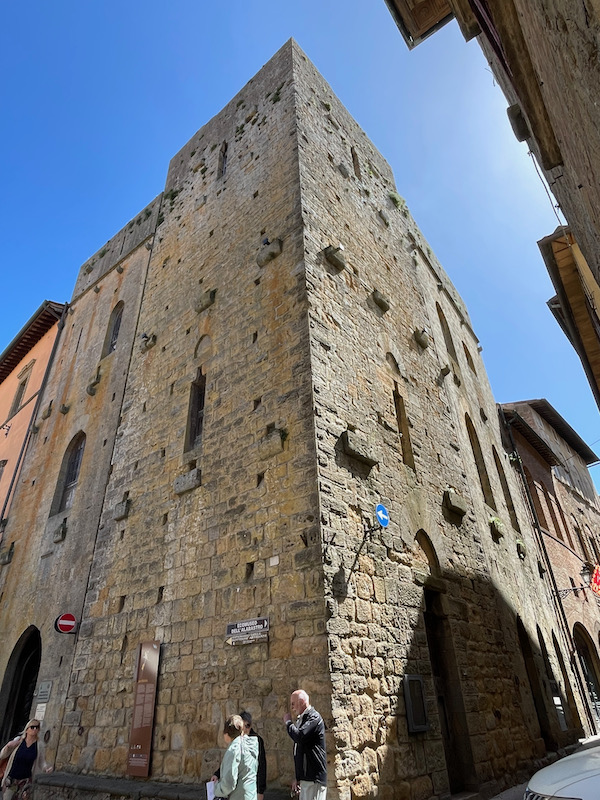
The Church of Saint Michael the Archangel is a 13th-century Romanesque church with an interesting façade. The church was founded in the 10th century with this building dating from around 1285 (at least, that is the date that they say the façade was completed). You can see the Romanesque arches with a section that has white marble and black (or dark green) stone horizontal lines. Then when you walk inside, you have a totally different interior dating from an 1820 renovation. One interesting painting for me ... in the middle of the painting is an opening with a recessed Madonna and child. We've seen a couple of these in churches but I don't know the history of them.
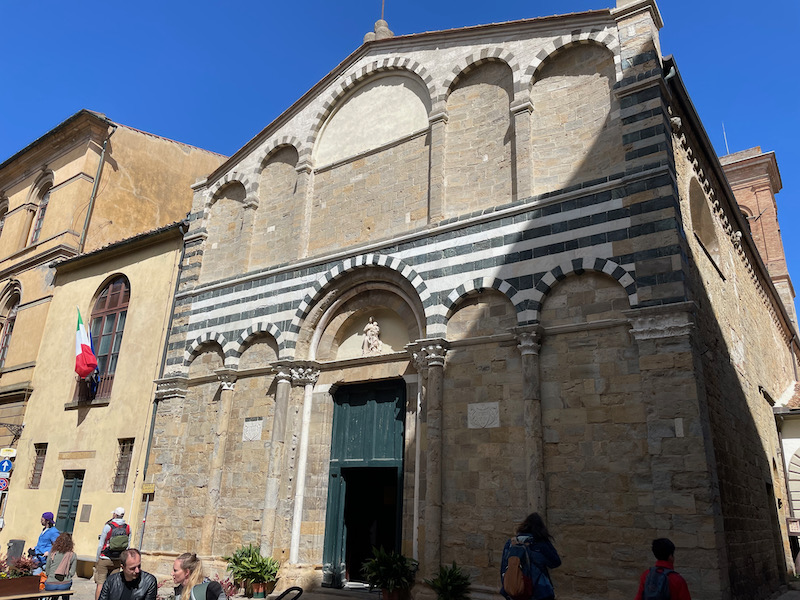
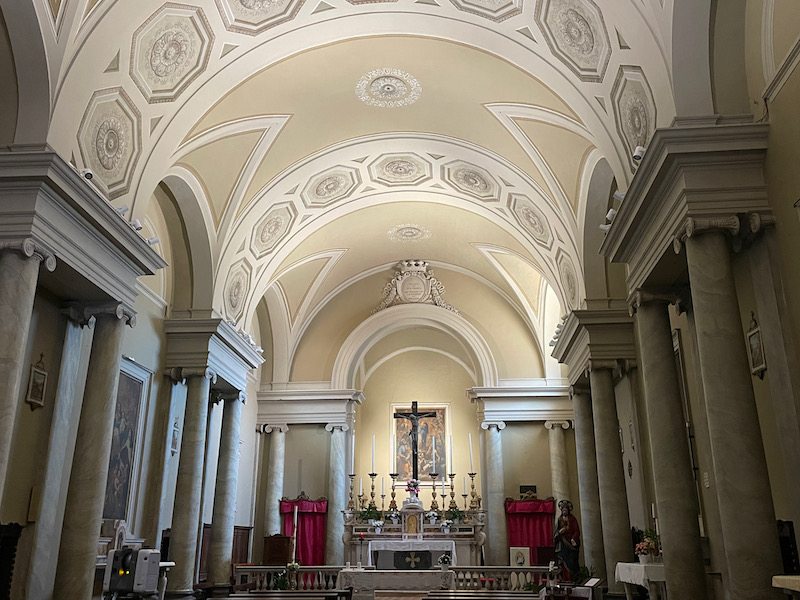
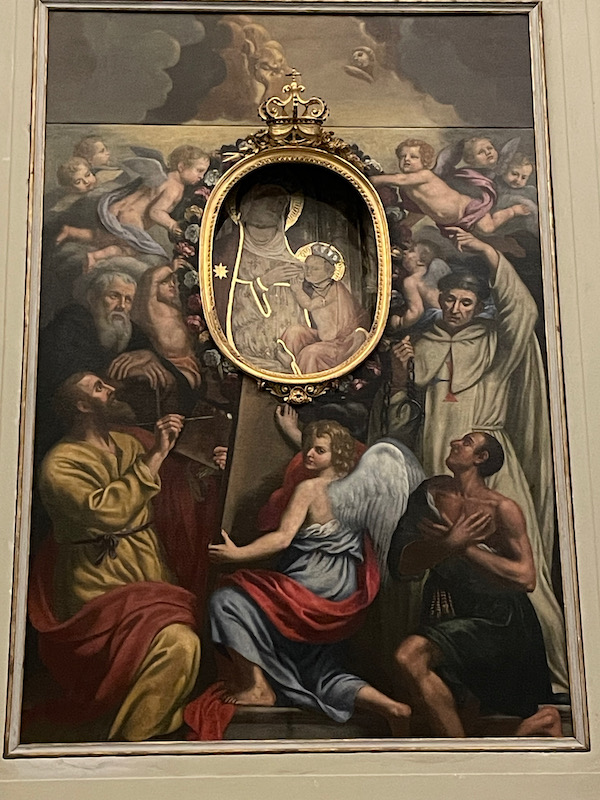
Porta Fiorentina, formerly known as the gate of Saint'Agnolo. Notice the coat of arms at the top ... it is badly damaged but you can clearly see 6 round balls. This is the coat of arms of the Medici family.
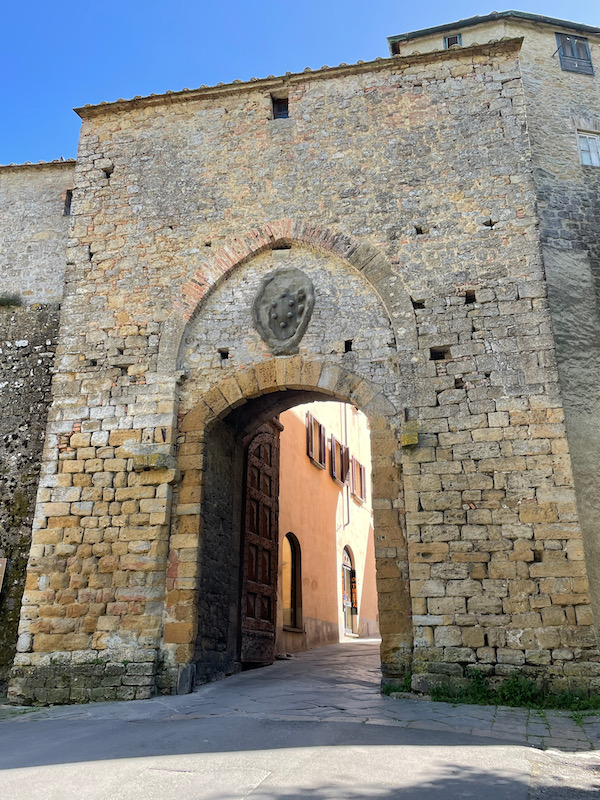
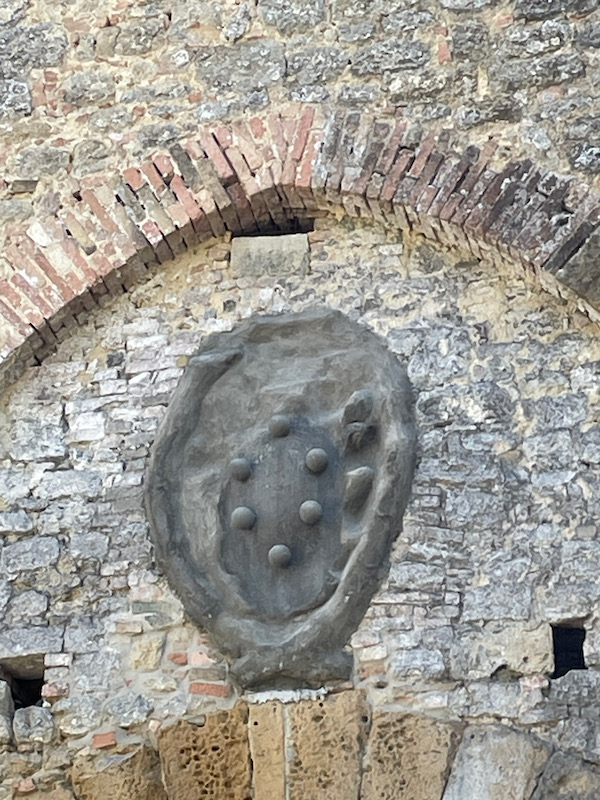
Just outside of Porta Fiorentina is one of the best-preserved Roman theaters in Italy. We walked above the remains, but didn't go inside. There was a path up on the hillside above it which gave us a great view. You can see how the seating area was partially built into the natural slope of the hill and had a seating capacity of 3,500. The theater area is in the lower part of this first picture, with the tall tower on the left being what is left of the backdrop of the stage (the semi-circular area surrounded by the seats). What is behind that, the large square with columns, are the remains of a public bath that was built during the 3rd and 4th centuries.
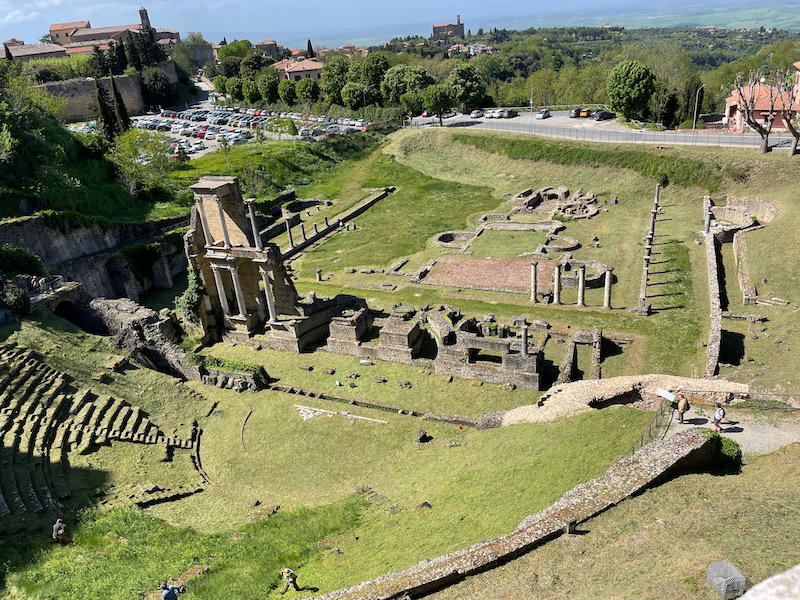
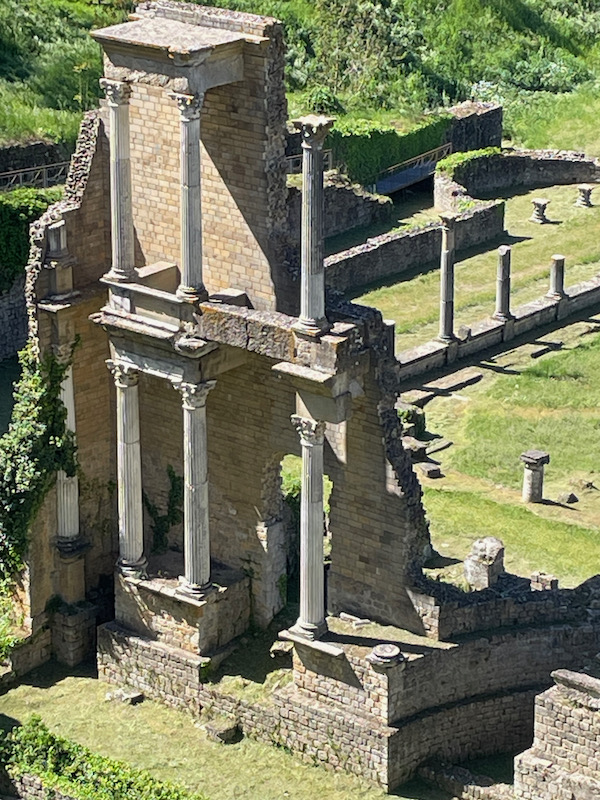
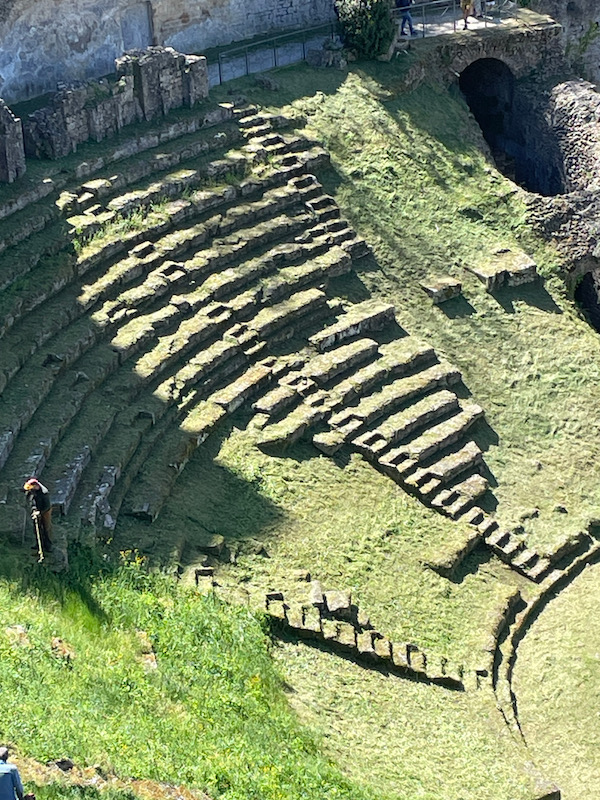
A few pictures of some of the buildings around town.
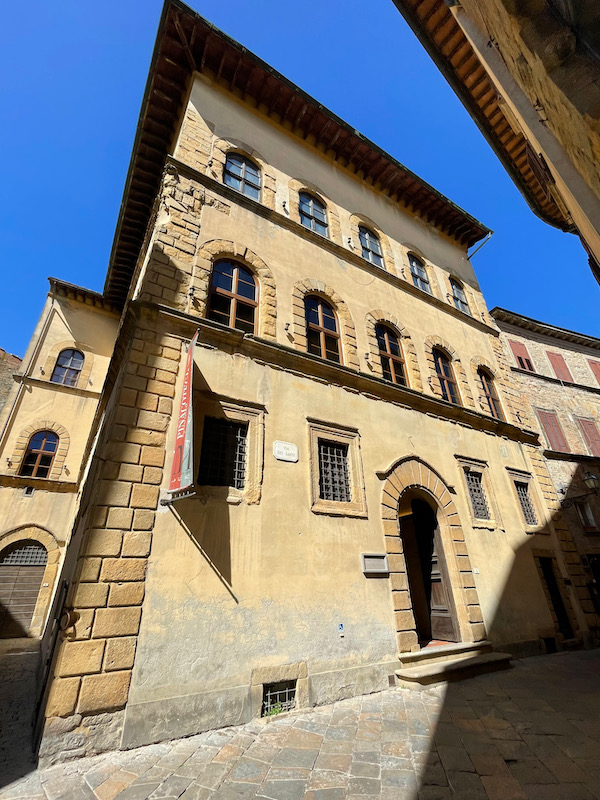
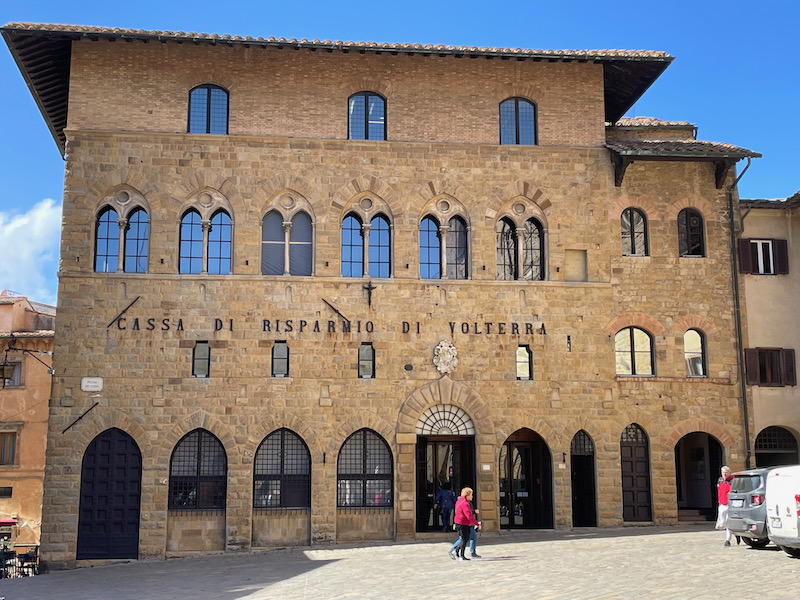
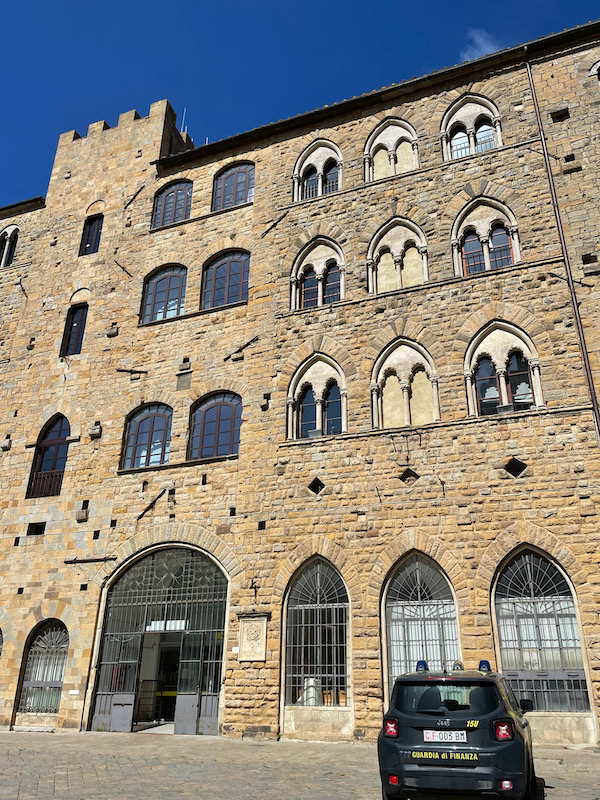
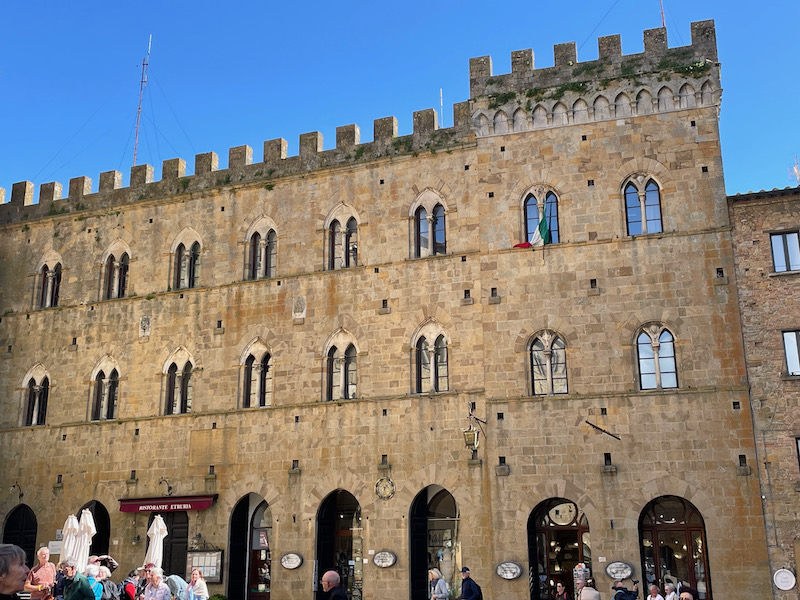
Palazzo dei Priori is the town hall. Construction began in 1208 but went slowly, lasting until 1257 and was used by the Elders as a residence. The original 24 Elders transformed into the 18 "Priors of the People" in 1283 (hence the name) and were then reduced to the 12 "Defenders of the People" in 1289. The palace is built entirely of stone, crowned by semicircular battlements probably made in the 16th century. The façade is decorated with enameled terracotta plaques representing coats of arms of Florentine families. The tower with added in the 16th century but had to be rebuilt after the 1846 earthquake.
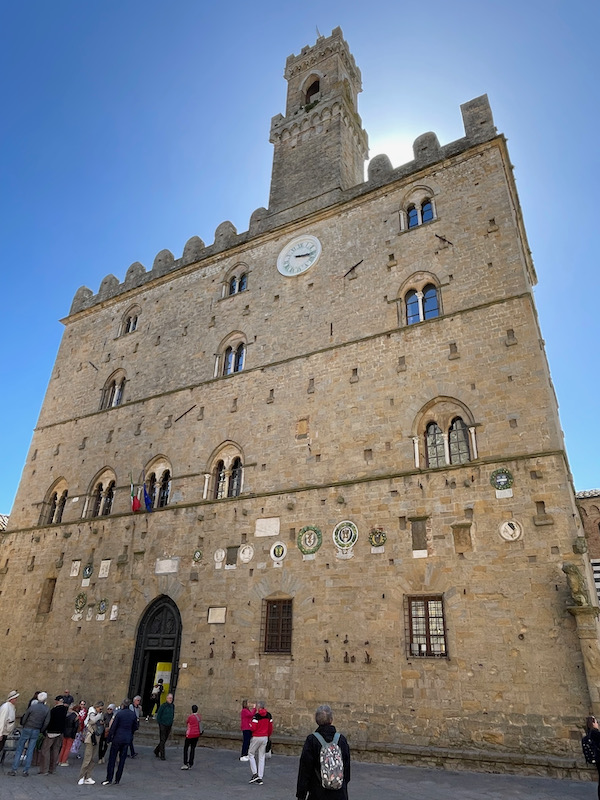
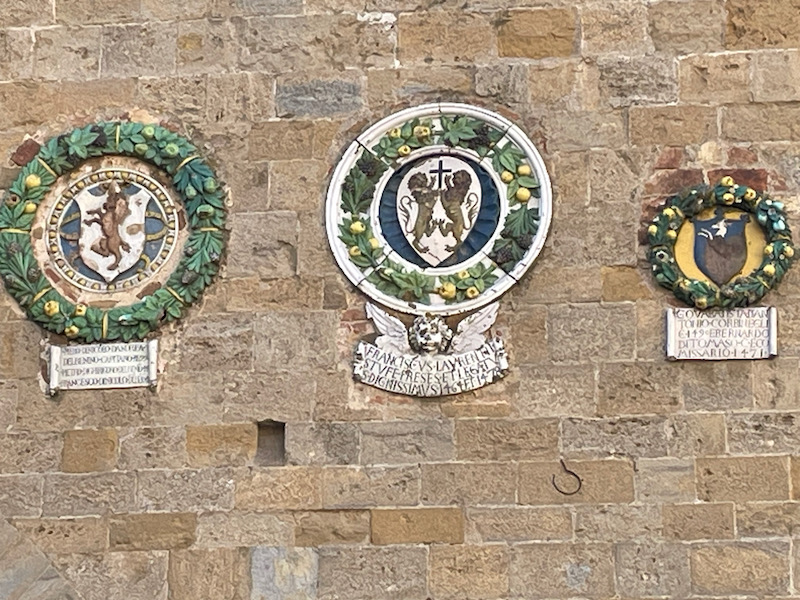
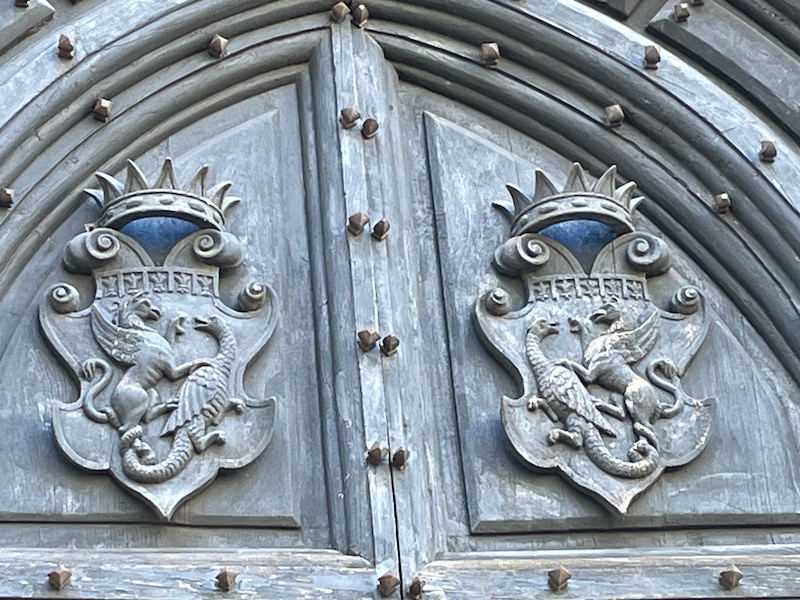
There is a Baptistery and Duomo (Cathedral), but we didn't go in with Lucy. The baptistery was supposedly built in the 7th century at the site of a Roman temple dedicated to Sun worship. This octagonal building dates back to the 13th century, with horizontal bands of white and dark green marble. Across from it is the Cathedral, which was rebuilt after the earthquake of 1117 that destroyed most of the town, then enlarged in the 13th century. The stone façade was built with stones taken from the Roman Theater.
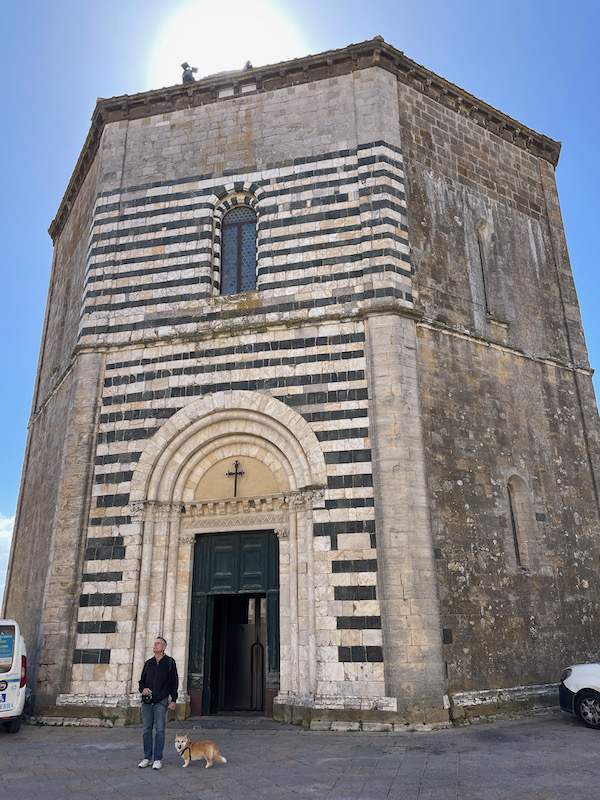

And lastly ... the Porta all'Arco, which is the best-preserved Etruscan gate in Italy, dating from the 4th century BC. Although inspired by Mesopotamian architecture, this gate was partially renovated by the Romans in the 1st century BC. The Roman vault rests on massive Etruscan bases and it is the only portion of the Etruscan walls still existing. This arched portal is made of huge rectangular carved stone blocks and is topped with three mysterious sculpted basalt heads. While we can't tell for sure who these heads represent due to damage through the years, one of the most popular theories is that these represent the guardians of Volterra: Jupiter, Juno, and Minerva.
